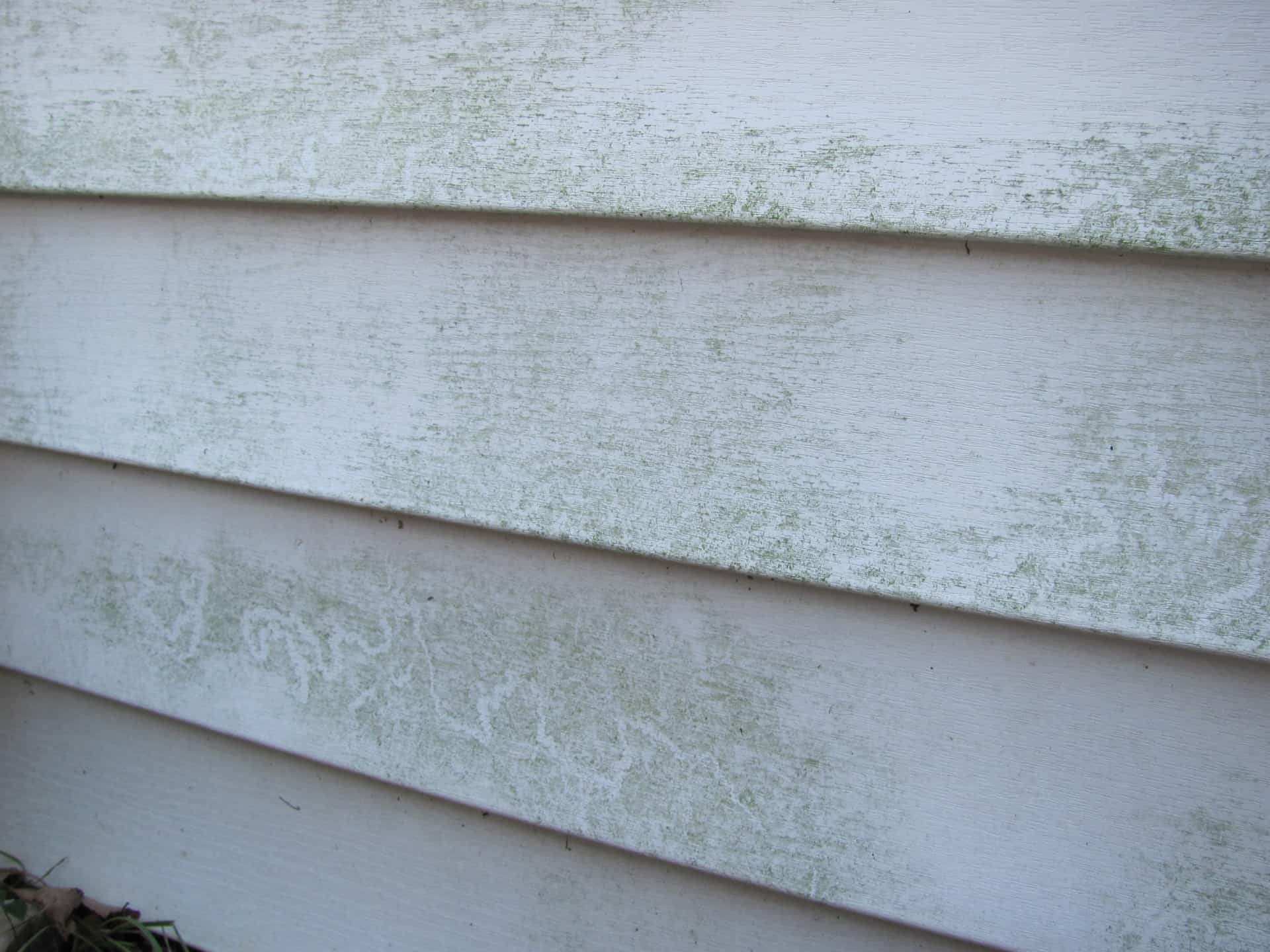

Articles
How To Get Green Mold Off Siding
Modified: September 2, 2024
Learn effective techniques and articles to remove green mold off your siding and restore its pristine appearance. Say goodbye to unsightly stains with our expert tips.
(Many of the links in this article redirect to a specific reviewed product. Your purchase of these products through affiliate links helps to generate commission for Storables.com, at no extra cost. Learn more)
Introduction
Welcome to a comprehensive guide on how to get green mold off siding. Green mold is a common issue for homeowners, as it can detract from the overall appearance of your property. Not only is it unsightly, but the presence of green mold on your siding can also pose health risks to you and your family.
In this article, we will delve into the causes of green mold growth on siding, explore the necessary safety precautions, and provide you with a step-by-step guide on how to effectively remove green mold from your siding. Additionally, we will discuss preventive measures to help you keep green mold at bay in the future.
But before we dive into the solutions, it’s important to have a solid understanding of what green mold is and why it appears on siding in the first place.
Key Takeaways:
- Safely and effectively remove green mold from siding by following a step-by-step process, prioritizing safety precautions, and implementing preventive measures to maintain a clean and mold-free home exterior.
- Understanding the causes of green mold growth on siding, such as humidity and lack of sunlight, empowers homeowners to take proactive steps in preventing future mold issues and preserving the beauty and integrity of their home.
Read more: How To Clean Mold Off Siding
Understanding Green Mold
Green mold, scientifically known as Cladosporium, is a type of fungus that commonly grows on organic surfaces, including siding materials such as wood, vinyl, and stucco. It thrives in warm and humid environments, making it a frequent problem for homeowners living in areas with high levels of humidity.
Green mold appears as fuzzy patches of green or black growth on the surface of your siding. It can spread rapidly if left untreated, and can not only damage the appearance of your home but can also cause allergic reactions and respiratory issues in sensitive individuals.
It’s important to note that green mold is not the only type of mold that can grow on siding. Other common types include black mold (Stachybotrys) and white mold (Sclerotinia). However, the methods outlined in this guide can also be applied for removing these types of mold.
Now that we have a basic understanding of green mold, let’s explore why it appears on siding and what factors contribute to its growth.
Why Green Mold Appears on Siding
The presence of green mold on siding is primarily attributed to the combination of moisture and organic debris. When moisture accumulates on the surface of your siding and organic materials, such as dirt, dust, or pollen, are present, it creates an ideal environment for mold growth.
Here are some common factors that contribute to the appearance of green mold on siding:
- Humidity: High levels of humidity in the air can promote mold growth. Areas with humid climates or those experiencing frequent rain and moisture are especially susceptible.
- Lack of sunlight: Siding that is shaded or rarely exposed to direct sunlight is more likely to develop mold. Sunlight helps to inhibit mold growth by drying out moisture and inhibiting spore reproduction.
- Poor ventilation: Inadequate ventilation can result in trapped moisture, which creates a conducive environment for mold growth.
- Nearby vegetation: If your siding is located close to trees, shrubs, or other vegetation, it can create a shadowed and damp area that is prone to mold growth. Falling leaves or pollen can also contribute to the accumulation of organic debris on the siding.
- Damaged or aging siding: Cracked or damaged siding can allow moisture to seep in, providing the perfect conditions for mold to flourish.
It’s important to note that green mold not only affects the aesthetic appeal of your home but can also cause structural damage over time if left untreated. As green mold spreads, it can deteriorate the siding material and compromise its integrity, potentially leading to costly repairs.
Now that we understand why green mold appears on siding, let’s move on to the safety precautions you should follow before tackling the cleaning process.
Safety Precautions
Before you start the process of removing green mold from your siding, it’s crucial to prioritize your safety. Mold can release spores that can be harmful when inhaled or come into contact with your skin. Taking the following safety precautions will help protect you during the cleaning process:
- Wear protective clothing: Put on long sleeves, pants, gloves, and closed-toe shoes to avoid direct contact with the mold. This will minimize the risk of skin irritation or allergic reactions.
- Use eye protection: Wear safety goggles or protective glasses to shield your eyes from any splashes during the cleaning process.
- Wear a respirator mask: Choose a mask that is rated for mold spores and wear it to prevent inhaling any airborne mold particles.
- Ensure proper ventilation: Open windows or doors and use fans in the work area to promote air circulation and minimize the concentration of mold spores.
- Avoid using harsh chemicals: While it may be tempting to use strong chemicals to remove the mold quickly, it’s best to opt for environmentally friendly and non-toxic cleaning solutions to minimize any potential health risks.
- Protect nearby plants and landscaping: Cover plants, shrubs, and any other vegetation near the work area to prevent them from coming into contact with the cleaning solution.
By following these safety precautions, you can ensure a safe and secure environment while effectively addressing the green mold on your siding. Now that you’re prepared, let’s move on to the tools and materials you’ll need for the cleaning process.
Tools and Materials Needed
Before you begin the process of removing green mold from your siding, gather the necessary tools and materials to make the job easier and more efficient. Here’s a list of what you’ll need:
- Pressure washer or garden hose: A pressure washer with an adjustable nozzle is ideal for removing green mold from siding. However, if you don’t have access to a pressure washer, a garden hose with a spray nozzle can still be effective.
- Soft-bristle brush or sponge: Choose a brush or sponge with soft bristles to avoid damaging the siding while scrubbing.
- Bucket: Use a bucket to mix your cleaning solution.
- Mild detergent or cleaning solution: Opt for a mild detergent or a specially formulated cleaning solution designed for removing mold, algae, and mildew from exterior surfaces. Some environmentally friendly options include vinegar, hydrogen peroxide, or a mixture of water and dish soap.
- Protective gloves: Wear rubber gloves to protect your hands from any potential skin irritation caused by the cleaning solution.
- Safety goggles or glasses: Use eye protection to shield your eyes from any splashes of cleaning solution.
- Respirator mask: Use a mask rated for mold spores to protect yourself from inhaling any airborne particles.
- Ladder or extension pole: Depending on the height of your siding, you may need a ladder or an extension pole to reach higher areas safely.
- Tarp or plastic sheeting: Cover any nearby plants, landscaping, or sensitive areas with a tarp or plastic sheeting to protect them from the cleaning solution.
- Stiff bristle brush (optional): For stubborn mold stains, you may need a stiff bristle brush to loosen and remove the mold more effectively.
Gathering these tools and materials beforehand will help streamline the cleaning process and ensure that you have everything you need to remove green mold from your siding. Now that we’re ready, let’s move on to the step-by-step guide on how to get rid of green mold.
Read more: How To Get Mold Off Wood Furniture
Step 1: Preparing the Work Area
Before you start the process of removing green mold from your siding, it’s essential to properly prepare the work area. Taking the time to prepare will help ensure that the cleaning process goes smoothly and that you protect surrounding areas from potential damage. Follow these steps to prepare the work area:
- Clear the area: Remove any furniture, outdoor decorations, or obstacles near the siding that could get in the way during the cleaning process.
- Cover nearby plants and landscaping: Use a tarp or plastic sheeting to cover any plants, shrubs, or landscaping near the siding. This will protect them from the cleaning solution and prevent any potential damage.
- Close windows and doors: Ensure that all windows and doors adjacent to the work area are securely closed. This will prevent water and cleaning solution from entering your home.
- Turn off outdoor electrical outlets: Locate and turn off any outdoor electrical outlets near the work area. This will prevent the risk of water electrocution during the cleaning process.
- Wet the surrounding area: Before applying the cleaning solution, lightly wet the area around the green mold growth. This will help prevent the cleaning solution from drying too quickly and aid in the removal process.
By following these preparation steps, you’ll create a safe and efficient work area for removing green mold from your siding. Now that the work area is ready, let’s move on to mixing the cleaning solution in step 2.
Step 2: Mixing the Cleaning Solution
Once you’ve prepared the work area, it’s time to mix the cleaning solution. The cleaning solution will help break down and remove the green mold from your siding. Here’s how to mix the cleaning solution:
- Fill a bucket with water: Start by filling a bucket with warm water. The amount of water you’ll need will depend on the size of the area you’re cleaning, so adjust accordingly.
- Add a mild detergent or cleaning solution: Add a mild detergent or a specially formulated cleaning solution designed for removing mold, algae, and mildew to the bucket of water. Follow the instructions on the packaging for the appropriate amount to use.
- Stir the mixture: Use a stir stick or a hand whisk to thoroughly mix the water and cleaning solution. Make sure the cleaning solution is well-dissolved in the water.
It’s important to note that you should avoid using harsh chemicals that can cause damage to your siding or harm nearby plants and landscaping. Opt for environmentally friendly options such as diluted vinegar, hydrogen peroxide, or a mixture of water and a small amount of dish soap.
Once you’ve mixed the cleaning solution, we can move on to applying it to the green mold in step 3.
Mix equal parts of white vinegar and water in a spray bottle and apply it to the green mold on the siding. Let it sit for 15-20 minutes, then scrub with a brush and rinse with water. Repeat if necessary.
Step 3: Applying the Cleaning Solution
With the cleaning solution mixed and ready, it’s time to apply it to the green mold on your siding. Follow these steps to effectively apply the cleaning solution:
- Dip the soft-bristle brush or sponge into the cleaning solution: Submerge the brush or sponge into the bucket of cleaning solution, ensuring that it’s soaked but not dripping excessively.
- Start from the bottom and work your way up: Begin applying the cleaning solution to the siding at the bottom of the affected area, and work your way up. This prevents streaking and allows the cleaning solution to fully penetrate the green mold.
- Apply the cleaning solution in a scrubbing motion: Use a gentle scrubbing motion to apply the cleaning solution to the green mold. Pay extra attention to areas with heavy mold growth or stubborn stains.
- Allow the cleaning solution to sit: After applying the cleaning solution, give it some time to work. The duration will depend on the severity of the green mold, but a few minutes should be sufficient.
By applying the cleaning solution in a systematic and thorough manner, you ensure that all areas affected by the green mold are treated. The next step, step 4, involves scrubbing the siding to remove the green mold.
Step 4: Scrubbing the Siding
After allowing the cleaning solution to sit and work its magic on the green mold, it’s time to scrub the siding to remove the mold. Follow these steps to effectively scrub the siding:
- Start from the bottom and work your way up: Begin scrubbing the siding at the bottom of the affected area and work your way up. This prevents any dirty water from running down onto already cleaned areas.
- Use a soft-bristle brush or sponge: Take your soft-bristle brush or sponge, and using a scrubbing motion, work it over the green mold. Apply gentle pressure, being careful not to damage the siding surface.
- Pay extra attention to stubborn stains: If you encounter stubborn stains or areas with heavy green mold growth, switch to a stiff bristle brush. Use it to scrub these areas more rigorously, but still be cautious not to damage the siding.
- Rinse the brush or sponge frequently: As you scrub, rinse the brush or sponge frequently in a bucket of clean water to remove any accumulated dirt or mold residue. This ensures that you’re always working with a clean tool.
- Work in sections: Divide the affected area into sections and focus on one section at a time. This helps you maintain a systematic approach and ensures that no area is overlooked.
- Continue scrubbing until the green mold is removed: Keep scrubbing until you’ve successfully removed all visible traces of green mold from the siding. Be patient and thorough to achieve the best results.
Remember to take breaks as needed, especially if you’re working on a large area. This will prevent fatigue and allow you to maintain your focus and accuracy while scrubbing. Once you have finished scrubbing, it’s time to move on to rinsing the siding, which we’ll cover in step 5.
Read more: How To Get Mold Off A Bath Mat
Step 5: Rinsing the Siding
After scrubbing the siding to remove the green mold, it’s important to thoroughly rinse off the cleaning solution and any remaining mold residue. Follow these steps to effectively rinse the siding:
- Prepare your pressure washer or garden hose: If you have a pressure washer, attach the appropriate nozzle and adjust the water pressure to a moderate level. If you’re using a garden hose, attach a spray nozzle set to a medium spray pattern.
- Start from the top and work your way down: Begin rinsing the siding from the top of the affected area and work your way down. This allows the water to flow naturally and helps prevent streaking.
- Direct the water at a downward angle: Aim the pressure washer or hose nozzle at a downward angle towards the siding. This ensures that you’re rinsing the cleaning solution and mold residue off the surface.
- Move in a sweeping motion: Move the pressure washer wand or hose nozzle in a sweeping motion, covering the entire surface of the siding. Avoid staying in one spot for too long to prevent potential damage to the siding.
- Pay extra attention to crevices and corners: Thoroughly rinse any crevices, corners, or hard-to-reach areas where mold residue may still be present. Adjust the water pressure or nozzle setting if needed to achieve effective rinsing in these areas.
- Continue rinsing until the water runs clear: Keep rinsing the siding until the water runs clear and there are no visible traces of the cleaning solution or green mold residue.
By following these steps, you ensure that all remnants of the cleaning solution and green mold are effectively removed from the siding. Once you’ve completed the rinsing process, it’s time to move on to the final step – drying and inspecting the siding, which we’ll cover in step 6.
Step 6: Drying and Inspecting the Siding
After rinsing the siding to remove the cleaning solution and green mold residue, it’s important to allow the siding to dry thoroughly. Here are the steps to properly dry and inspect the siding:
- Allow the siding to air dry: After rinsing, allow the siding to air dry naturally. Depending on the weather conditions, this may take a few hours to a full day. Avoid direct sunlight if possible, as it can cause the siding to dry too quickly and potentially leave streaks.
- Inspect the siding: Once the siding is dry, carefully inspect the surface and check for any remaining traces of green mold. This is also an opportunity to look for any other signs of damage, such as cracks, discoloration, or loose siding pieces.
- Maintain regular cleaning: To prevent future green mold growth, make it a habit to regularly clean your siding. Regularly removing dirt, debris, and organic materials will help deter the growth of mold and keep your siding in top condition.
- Consider preventive measures: If your siding is prone to green mold growth, consider taking preventive measures. This may include trimming nearby vegetation, improving ventilation, or applying mold-resistant coatings to the siding.
Regularly inspecting your siding and addressing any issues promptly will help maintain its appearance and prevent further damage. By following these steps, you can effectively remove green mold from your siding and keep it looking clean and fresh.
Remember, safety should always be a priority when working with cleaning solutions and mold. If you have any concerns or come across stubborn mold growth that doesn’t respond to the cleaning methods discussed in this guide, it’s recommended to consult a professional for assistance.
By following these steps and implementing preventative measures, you can keep your siding free from green mold and maintain the overall beauty and integrity of your home. Enjoy a clean and mold-free exterior for years to come!
Preventing Future Growth of Green Mold
After successfully removing green mold from your siding, it’s important to take preventive measures to minimize the chances of it returning. Here are some steps you can take to prevent future growth of green mold:
- Maintain proper ventilation: Ensure that your home has adequate ventilation, especially in areas where moisture can accumulate, such as the attic, basement, or crawl spaces. Proper ventilation helps to reduce humidity levels and discourage mold growth.
- Control moisture levels: Regularly inspect your home for any sources of moisture. Repair any leaks or water damage promptly, and ensure that gutters, downspouts, and drainage systems are functioning properly to direct water away from the siding.
- Keep the siding clean: Regularly clean your siding to remove dust, dirt, and organic debris. This helps prevent the buildup of substances that can promote mold growth. Use mild detergent and water or environmentally friendly cleaning solutions to clean the siding.
- Trim vegetation: Keep trees, shrubs, and plants trimmed and away from the siding. This helps to prevent shade and excessive moisture buildup, which can contribute to the growth of green mold.
- Avoid storing items against the siding: Avoid placing objects, such as firewood or potted plants, directly against the siding. Leaving space between the objects and the siding allows for proper airflow, reducing the chances of mold growth.
- Apply a mold-resistant coating: Consider applying a mold-resistant coating to your siding. These coatings act as a protective barrier, inhibiting mold growth and making it easier to clean the surface of the siding in the future.
- Regularly inspect the siding: Take time to inspect your siding on a regular basis, looking for any signs of damage or potential mold growth. Promptly address any issues to prevent them from worsening.
Implementing these preventive measures will help keep your siding free from green mold and maintain its appearance and durability. Regular maintenance and attention to potential problem areas can go a long way in preventing mold growth and protecting the overall integrity of your home.
Remember, prevention is key when it comes to mold. By being proactive and taking the necessary steps to reduce moisture and maintain a clean and well-ventilated environment, you can enjoy a mold-free home for years to come.
With the knowledge and tools gained from this guide, you are now equipped to effectively remove and prevent green mold on your siding. By following the steps outlined and being diligent in your preventive measures, you can keep your home looking fresh and mold-free.
Thank you for reading, and best of luck in your efforts to maintain a beautiful and mold-free home exterior!
Conclusion
Dealing with green mold on siding can be a daunting task, but with the right knowledge and approach, you can successfully remove it and prevent its return. This comprehensive guide has provided you with step-by-step instructions, safety precautions, and preventive measures to help you tackle green mold effectively.
Understanding the nature of green mold and why it appears on siding is crucial in addressing the problem. By identifying the factors that contribute to its growth, such as humidity, lack of sunlight, and organic debris, you can implement preventive measures to minimize its occurrence.
Safety should always be the top priority when dealing with mold. By wearing protective clothing, using the appropriate tools and cleaning solutions, and taking precautions to protect nearby plants and landscaping, you can ensure your well-being during the removal process.
The step-by-step guide provided detailed instructions on preparing the work area, mixing the cleaning solution, applying it to the siding, scrubbing away the green mold, rinsing, and finally drying and inspecting the siding. Following these steps meticulously will help you achieve the best results and a mold-free exterior for your home.
Preventing future growth of green mold is just as important as removing it. By maintaining proper ventilation, controlling moisture levels, regularly cleaning the siding, trimming vegetation, and applying protective coatings, you can keep green mold at bay and maintain the overall beauty and integrity of your home exterior.
Remember, regular inspection and maintenance are key. By staying proactive and addressing any issues promptly, you can prevent small mold problems from turning into major headaches.
Thank you for following this comprehensive guide on how to get green mold off siding. Armed with the information and steps outlined in this article, you are well-prepared to tackle green mold and keep your siding looking clean and fresh.
Here’s to a mold-free home and a beautiful exterior that you can be proud of!
Frequently Asked Questions about How To Get Green Mold Off Siding
Was this page helpful?
At Storables.com, we guarantee accurate and reliable information. Our content, validated by Expert Board Contributors, is crafted following stringent Editorial Policies. We're committed to providing you with well-researched, expert-backed insights for all your informational needs.

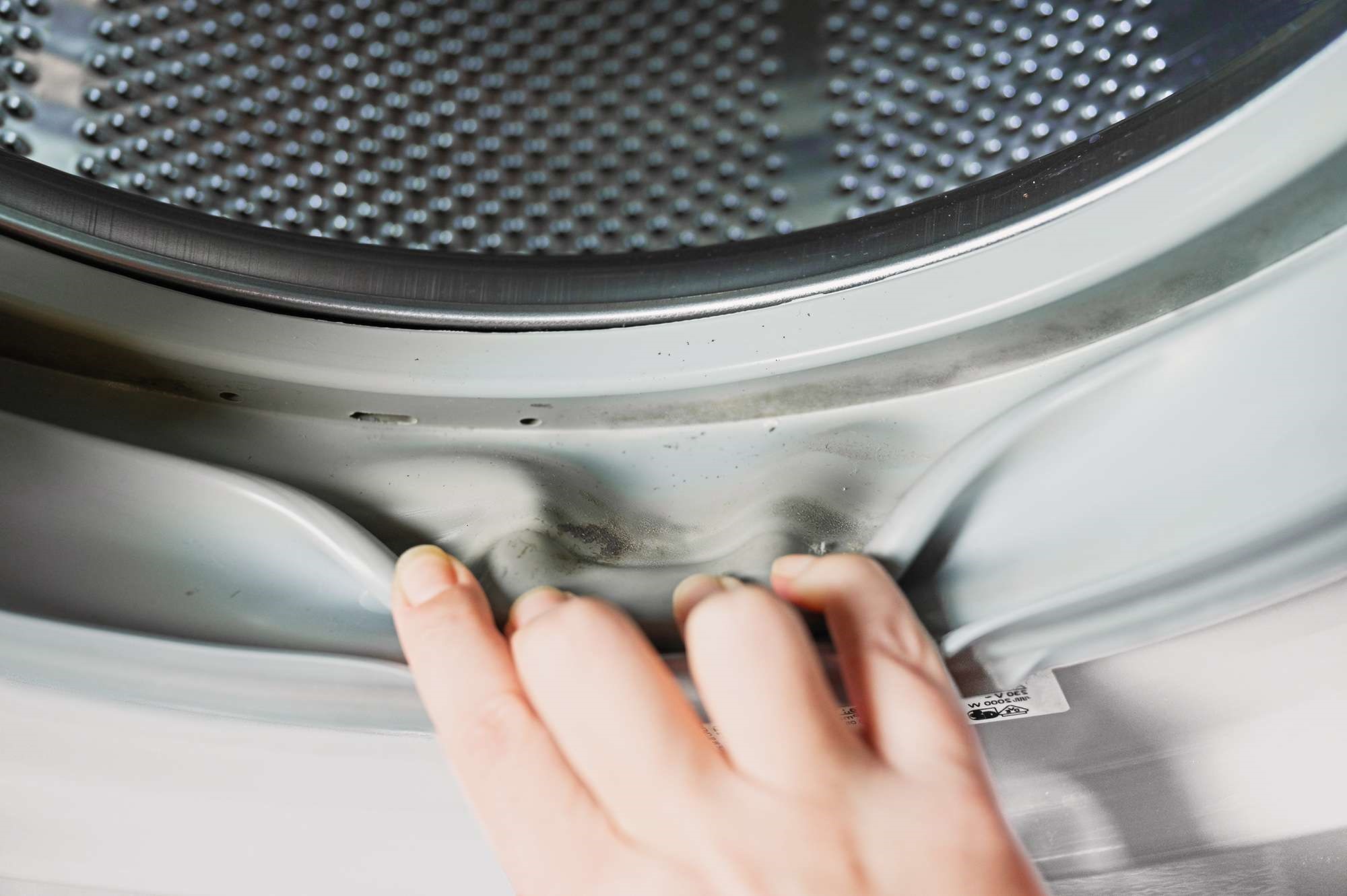
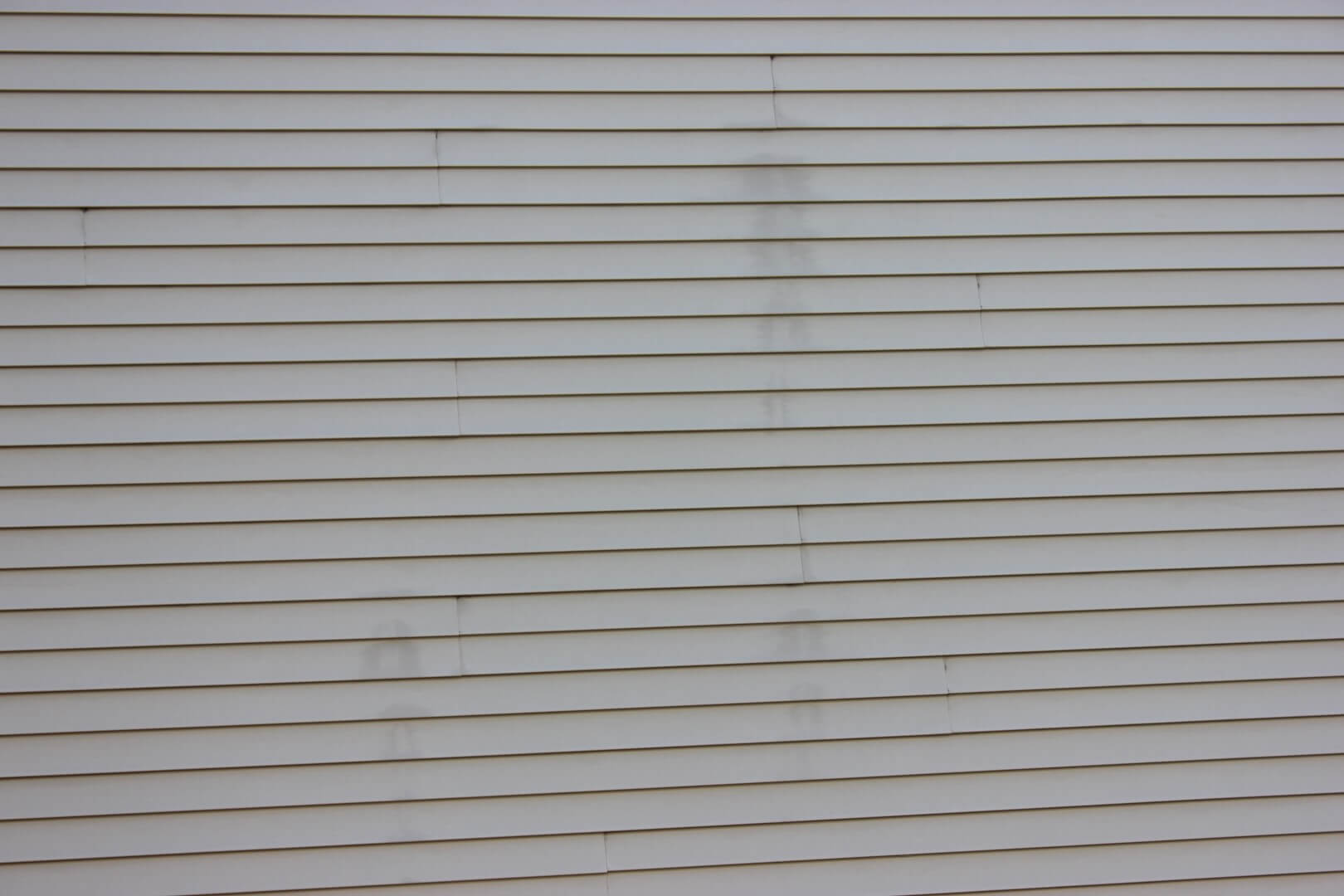
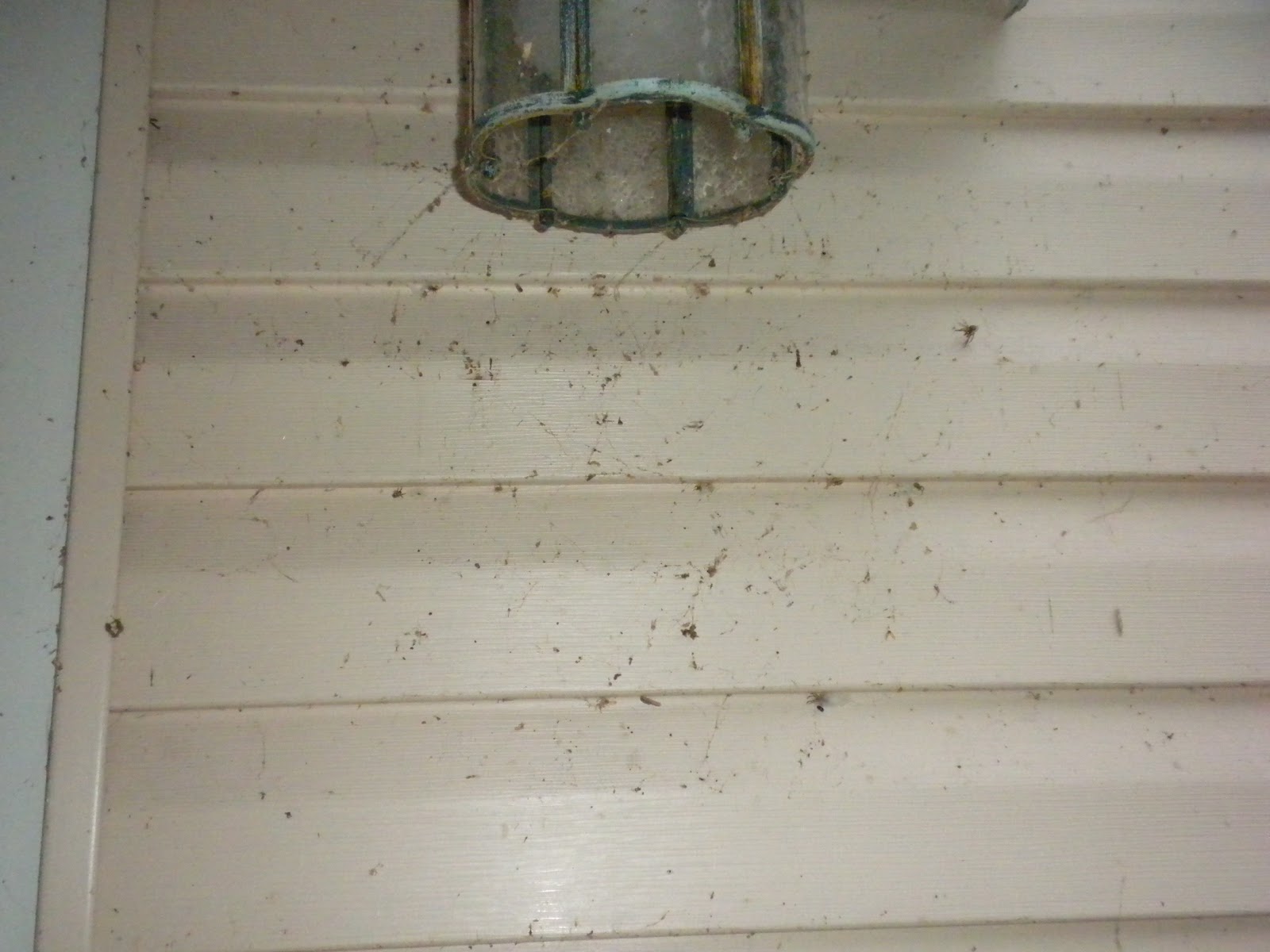
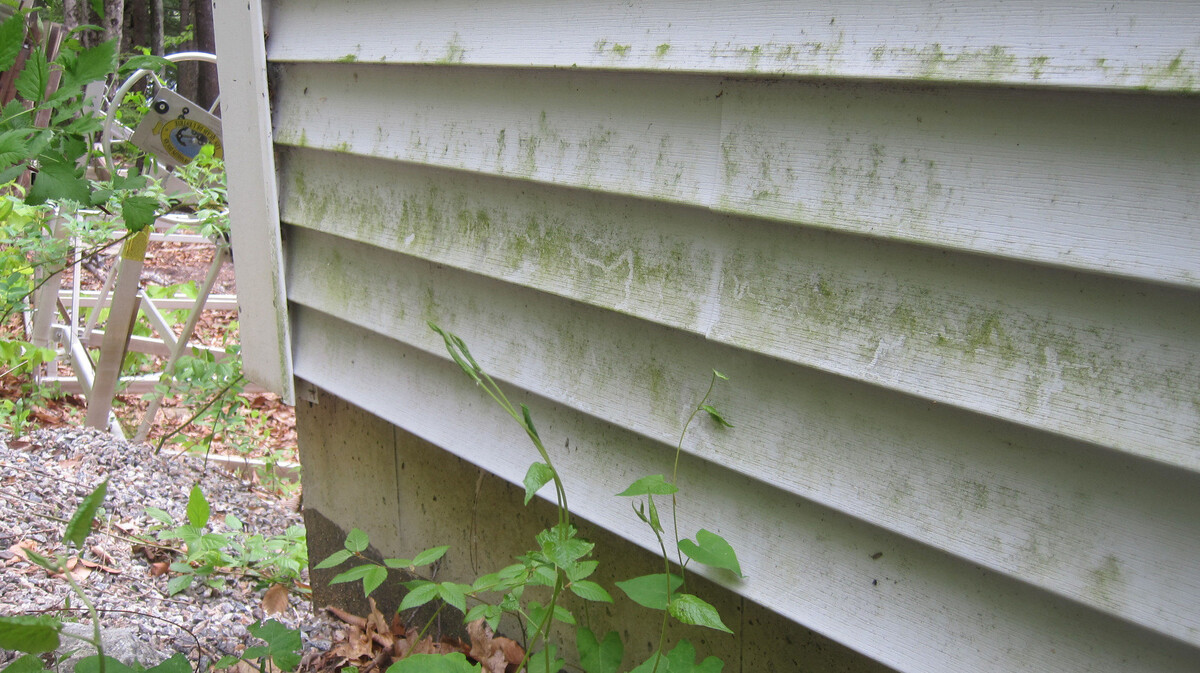
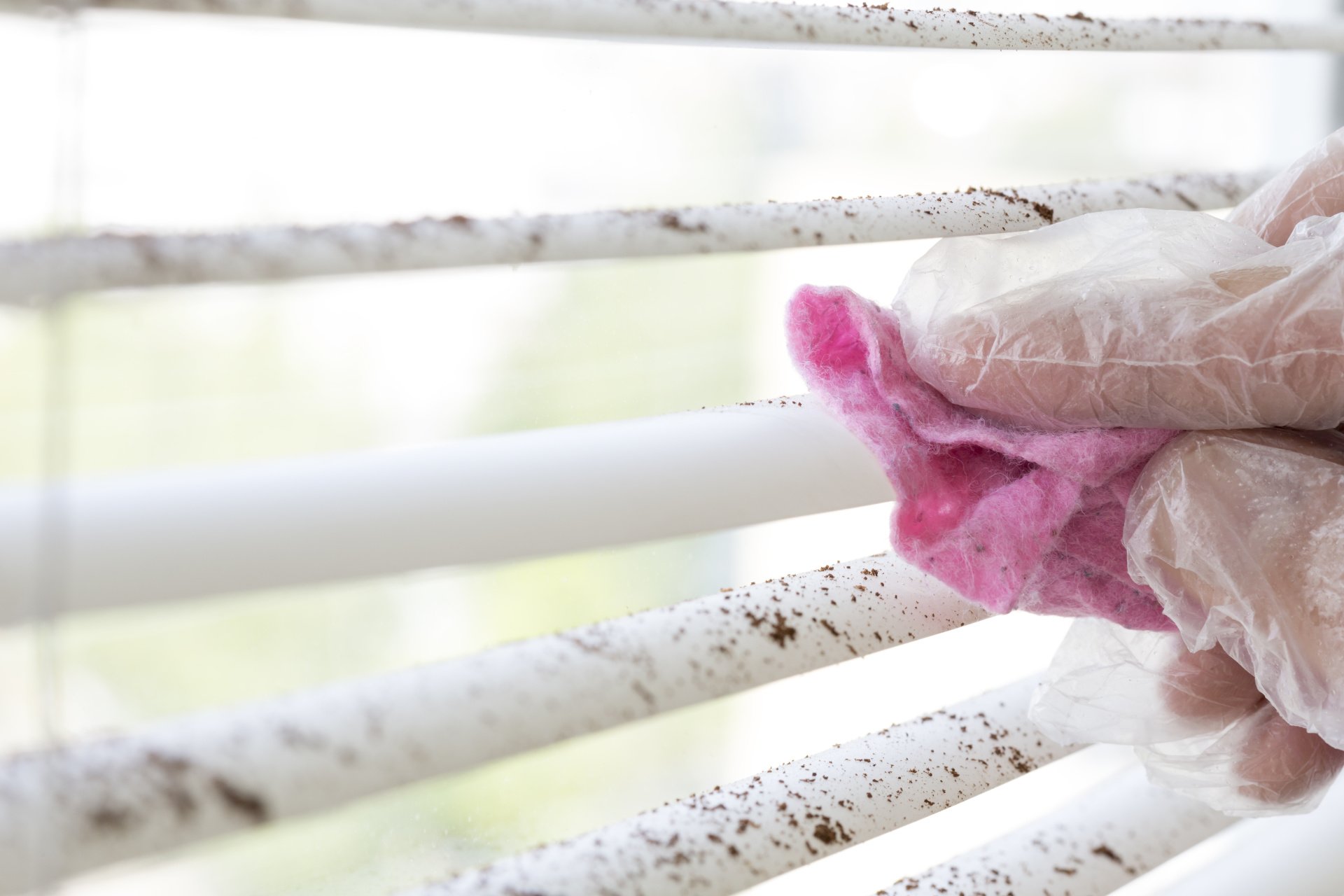
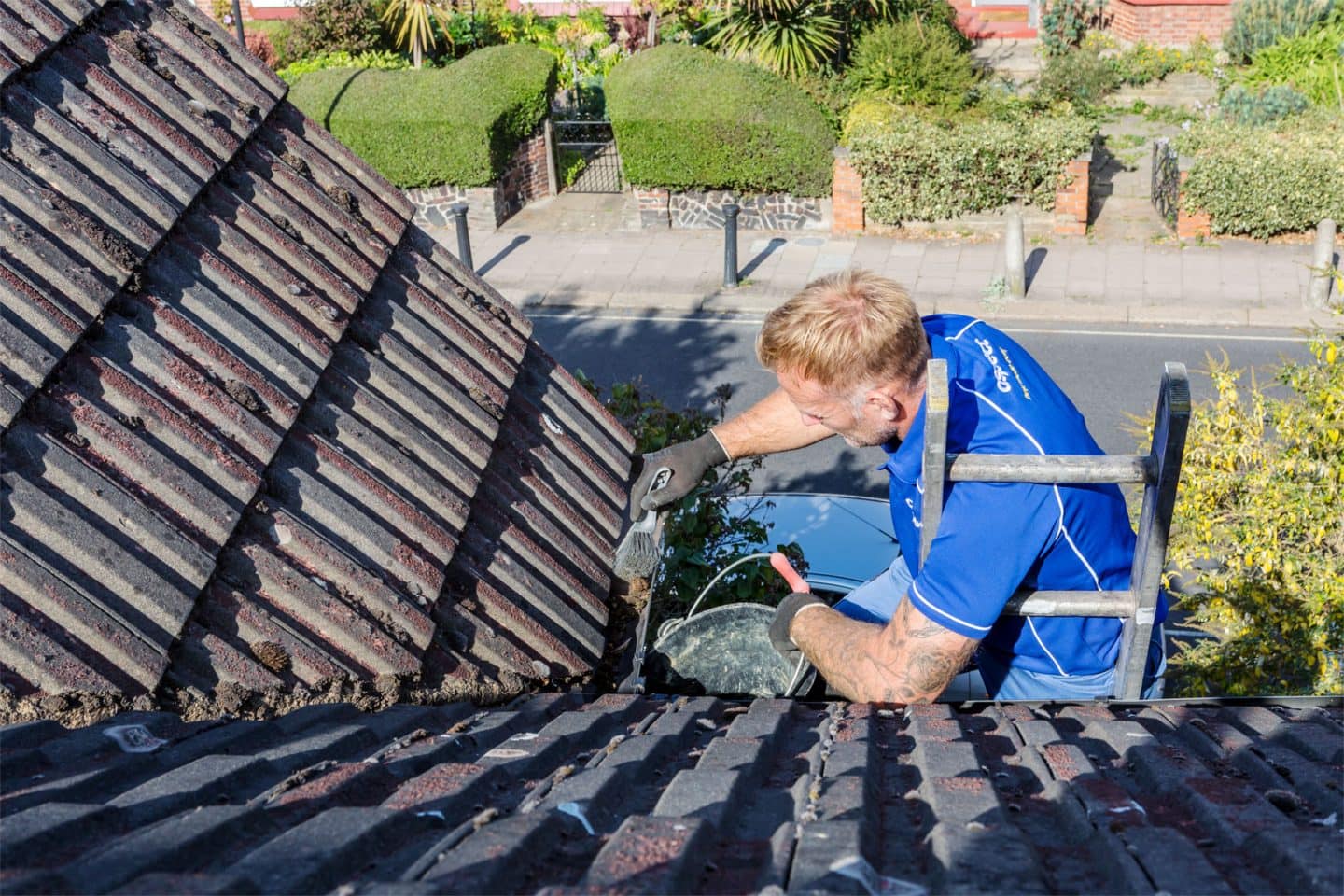
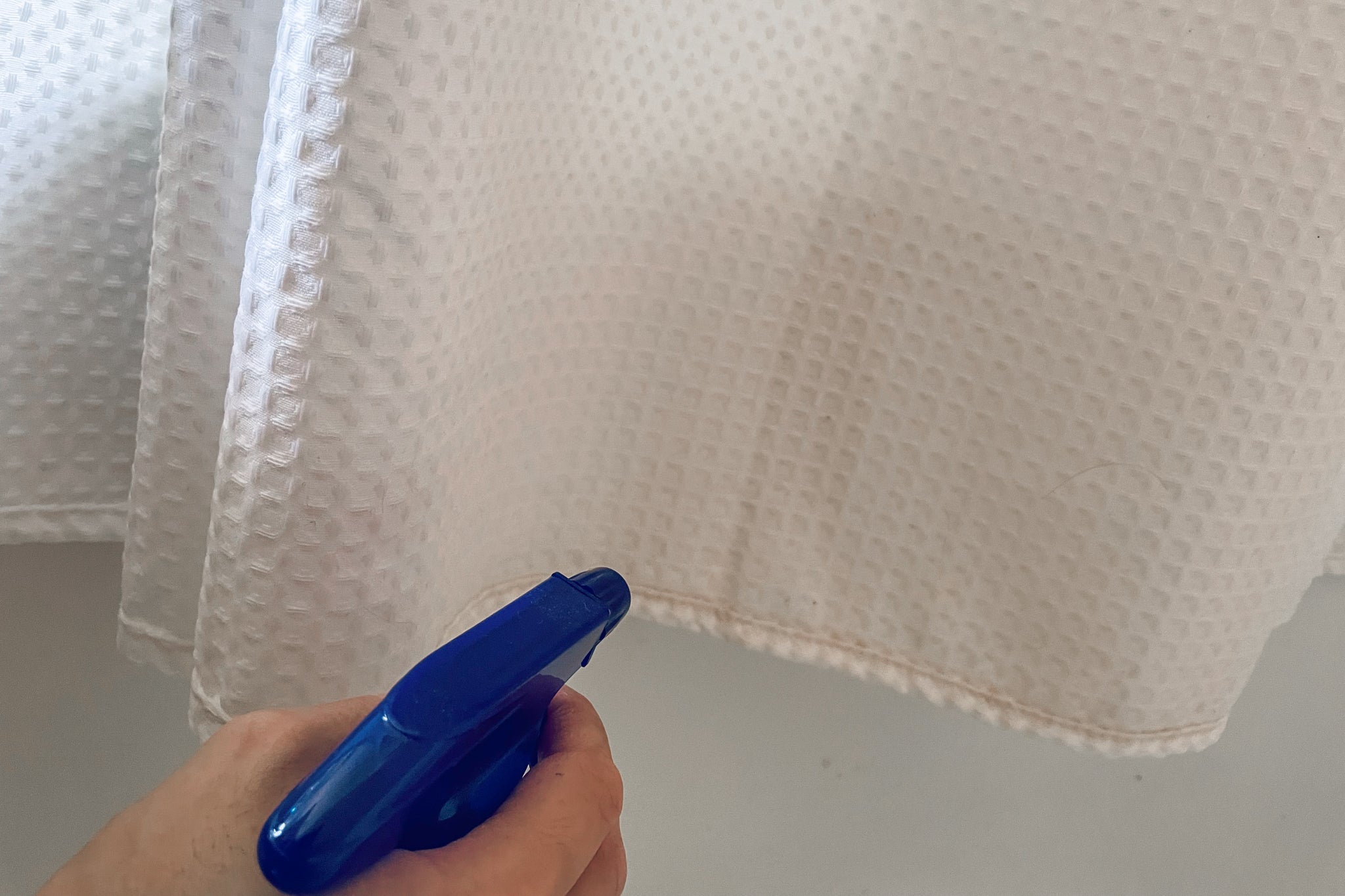
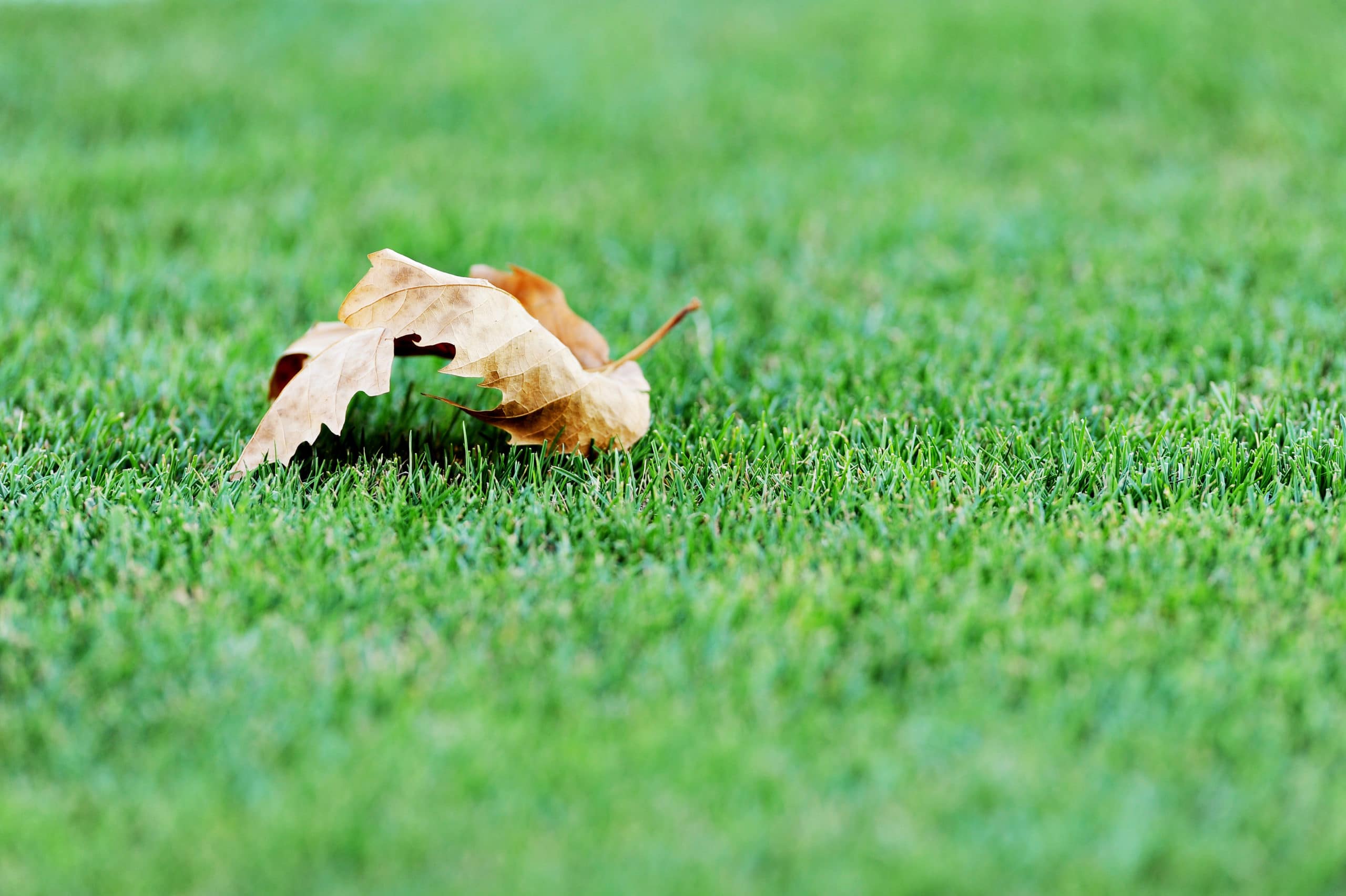
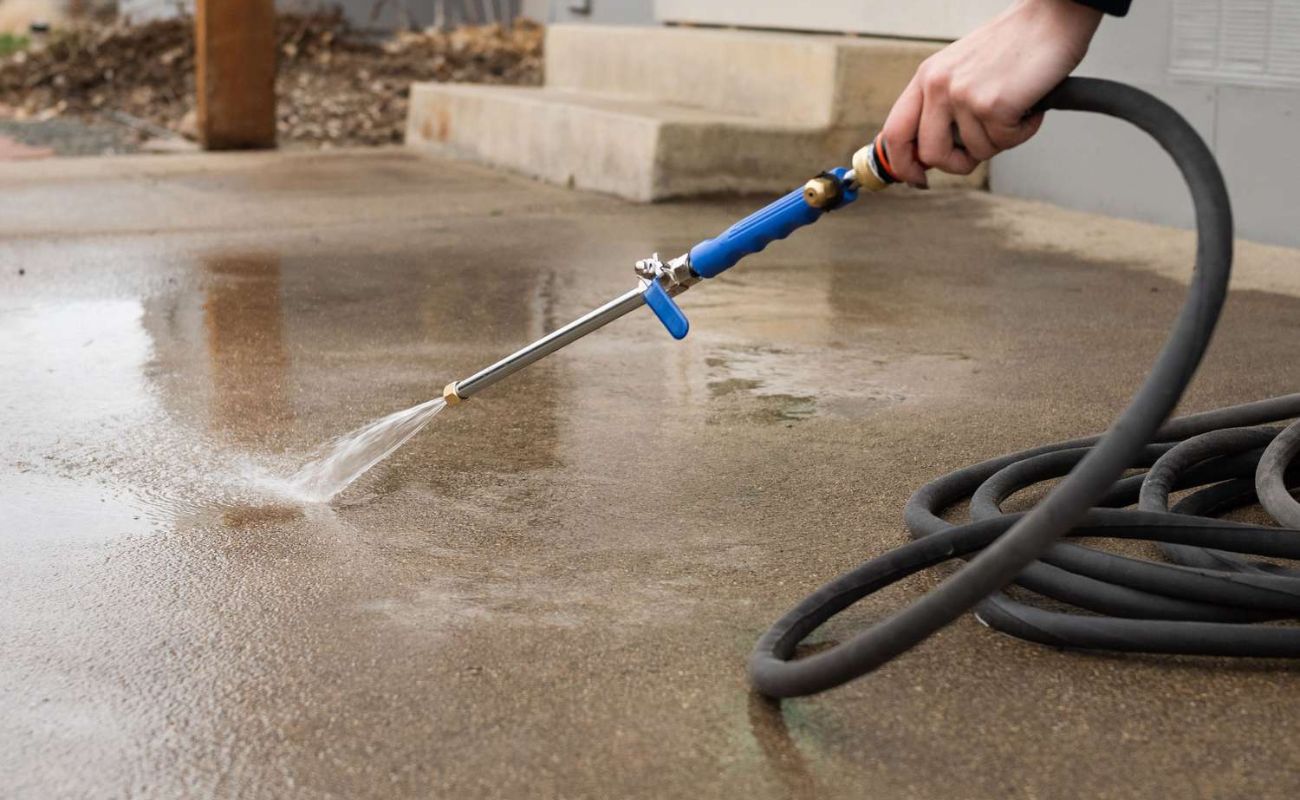
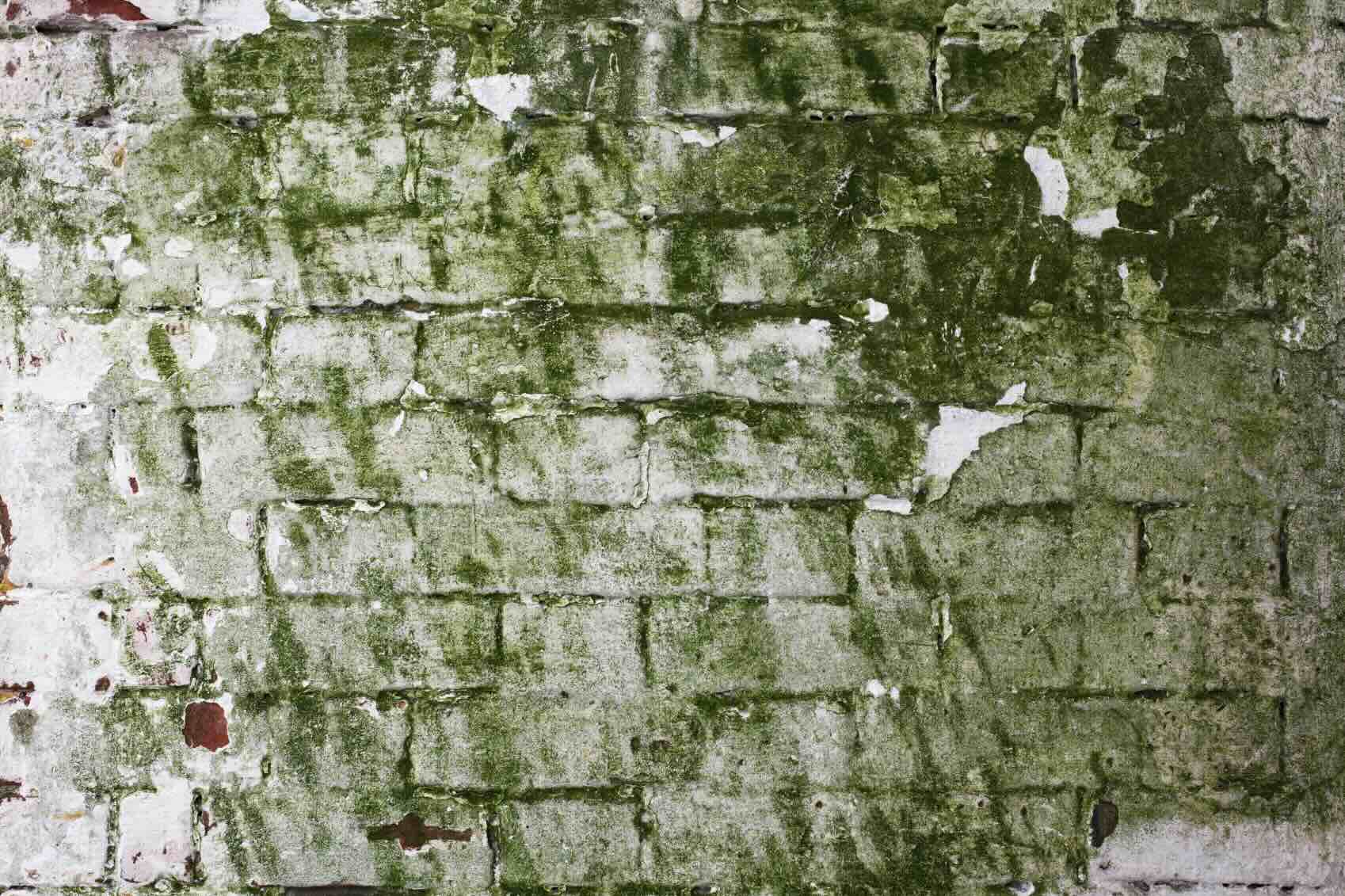
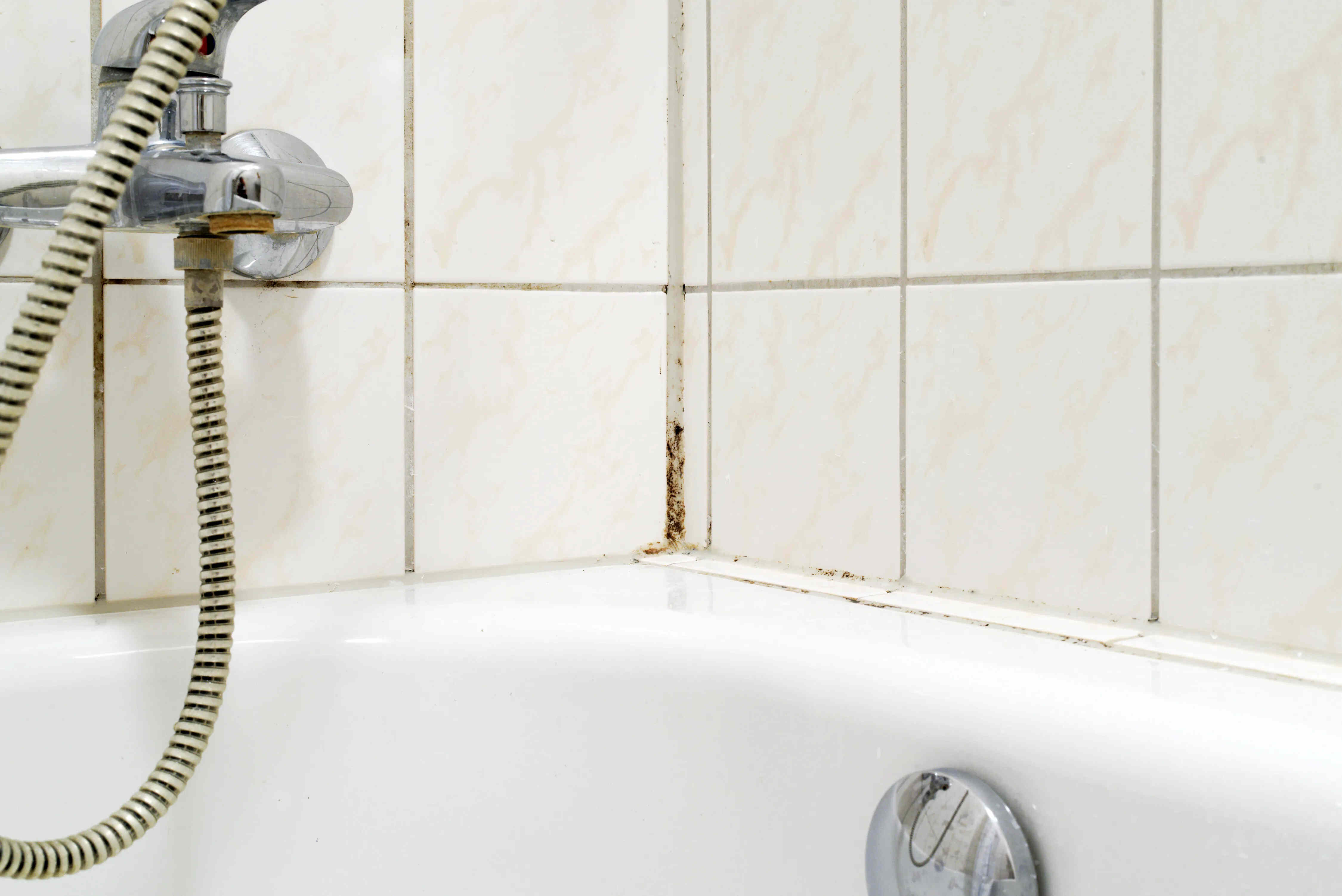
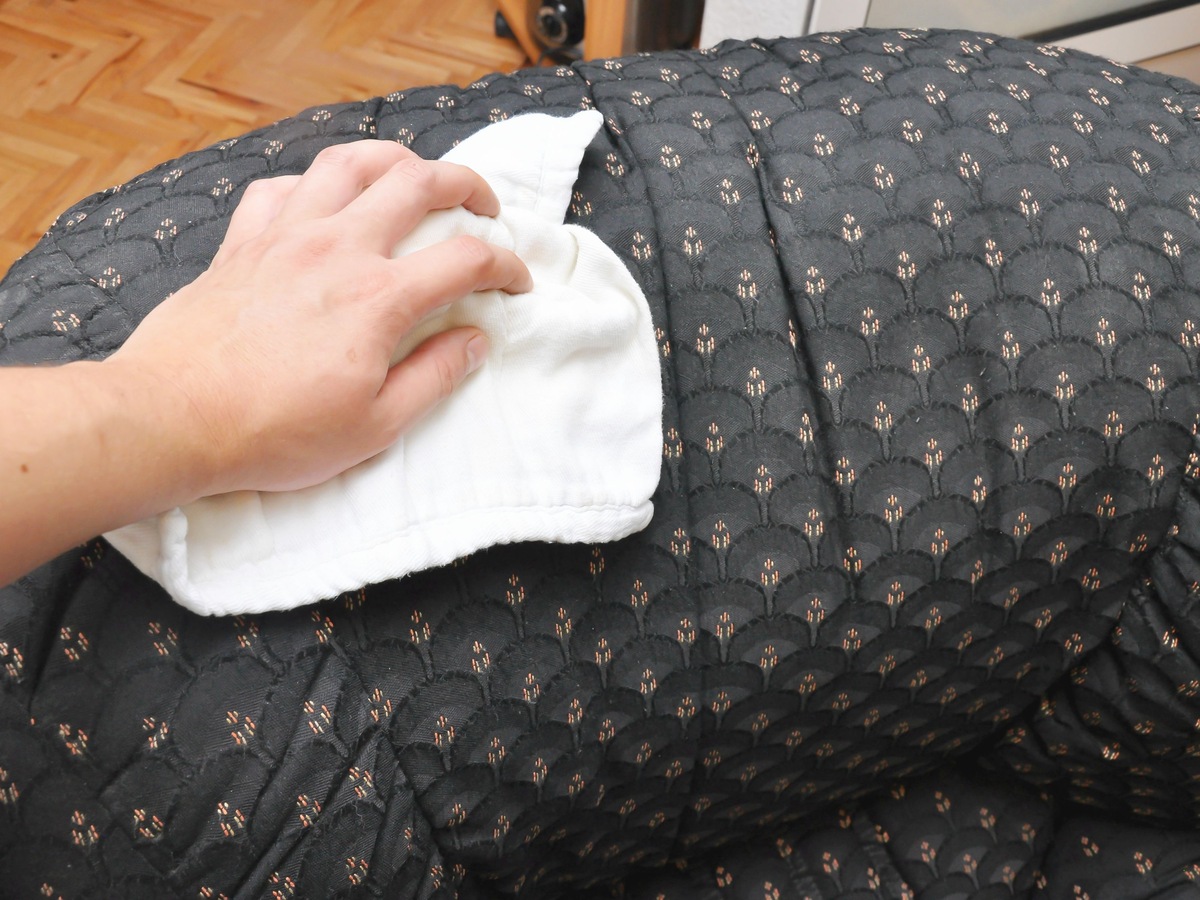

0 thoughts on “How To Get Green Mold Off Siding”